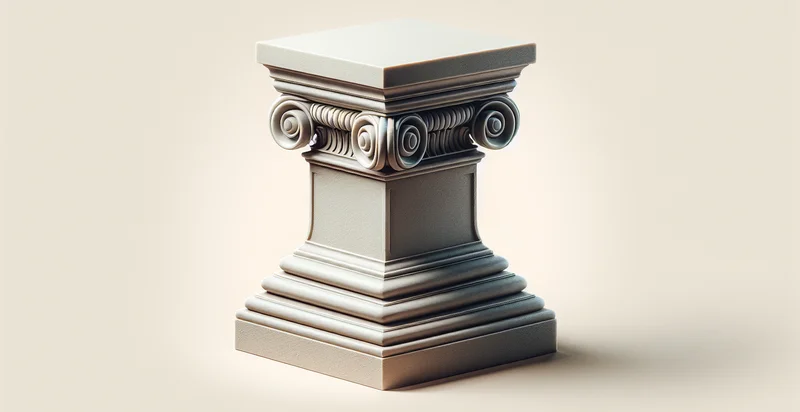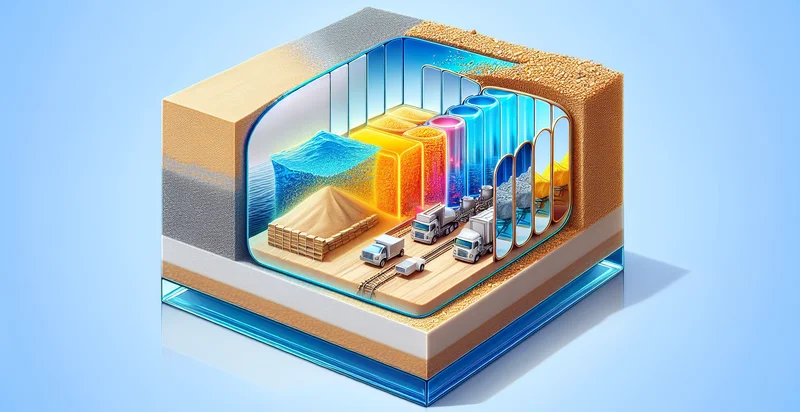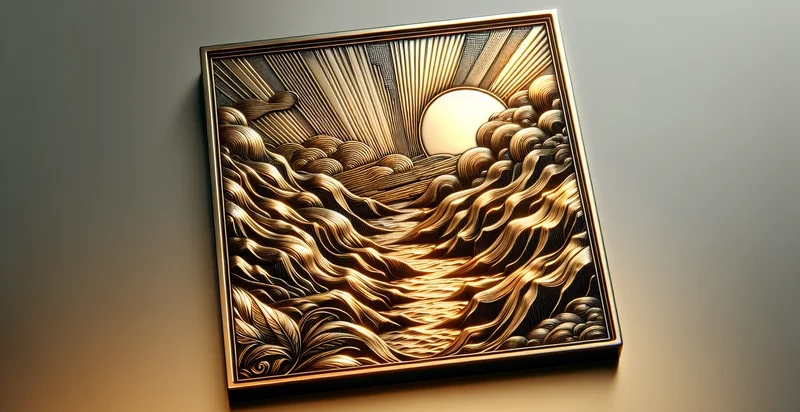Identify what material a pedestal is made from
using AI
Below is a free classifier to identify what material a pedestal is made from. Just upload your image, and our AI will predict what material a pedestal is made from - in just seconds.


Contact us for API access
Or, use Nyckel to build highly-accurate custom classifiers in just minutes. No PhD required.
Get started
import nyckel
credentials = nyckel.Credentials("YOUR_CLIENT_ID", "YOUR_CLIENT_SECRET")
nyckel.invoke("what-material-a-pedestal-is-made-from", "your_image_url", credentials)
fetch('https://www.nyckel.com/v1/functions/what-material-a-pedestal-is-made-from/invoke', {
method: 'POST',
headers: {
'Authorization': 'Bearer ' + 'YOUR_BEARER_TOKEN',
'Content-Type': 'application/json',
},
body: JSON.stringify(
{"data": "your_image_url"}
)
})
.then(response => response.json())
.then(data => console.log(data));
curl -X POST \
-H "Content-Type: application/json" \
-H "Authorization: Bearer YOUR_BEARER_TOKEN" \
-d '{"data": "your_image_url"}' \
https://www.nyckel.com/v1/functions/what-material-a-pedestal-is-made-from/invoke
How this classifier works
To start, upload your image. Our AI tool will then predict what material a pedestal is made from.
This pretrained image model uses a Nyckel-created dataset and has 24 labels, including Acrylic, Aluminum, Brick, Bronze, Cardboard, Ceramic, Composites, Concrete, Copper and Fiberglass.
We'll also show a confidence score (the higher the number, the more confident the AI model is around what material a pedestal is made from).
Whether you're just curious or building what material a pedestal is made from detection into your application, we hope our classifier proves helpful.
Related Classifiers
Need to identify what material a pedestal is made from at scale?
Get API or Zapier access to this classifier for free. It's perfect for:
- Material Quality Assessment: This functionality can be utilized by quality control teams in manufacturing to identify the material composition of pedestals. Accurate identification can help ensure that materials meet industry standards and specifications before production.
- Restoration and Conservation: Museums and historians can leverage this technology to determine the original materials of historical pedestals. Knowing the material can guide restoration efforts and preserve the authenticity of artifacts.
- Furniture Design: Designers can use the identifier to select appropriate materials for pedestals in furniture creation. This ensures that the chosen materials complement the overall design aesthetic while providing durability and functionality.
- Supply Chain Management: Businesses can implement this function to verify the materials of pedestals received from suppliers. This capability aids in maintaining inventory integrity and confirms that suppliers meet product specifications.
- Architectural Planning: Architects can employ this technology to assess material options for pedestals used in building designs. It allows for informed decision-making to ensure that the selected materials align with structural and design requirements.
- Marketing and Sales: Retailers can enhance product descriptions by accurately identifying materials used in their pedestal offerings. This information can improve customer trust and satisfaction by providing detailed product knowledge.
- Waste Management and Recycling: Waste management companies can use this identification function to classify pedestals made from different materials for appropriate recycling processes. This can help optimize material recovery and reduce environmental impact.


